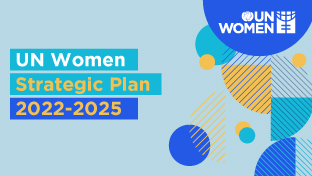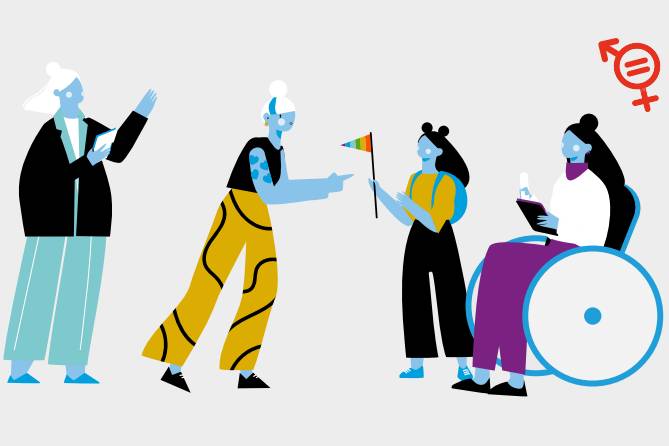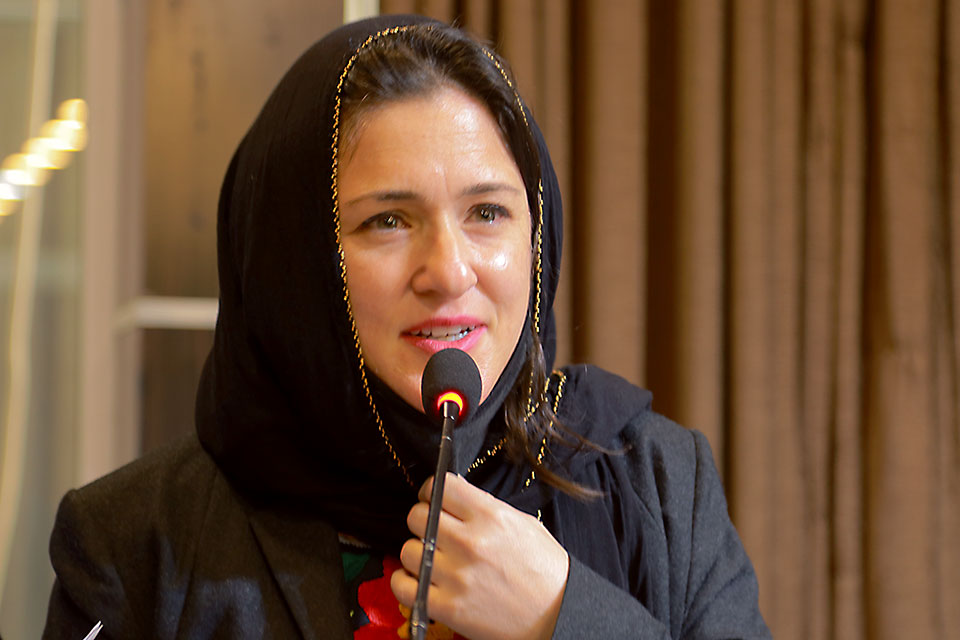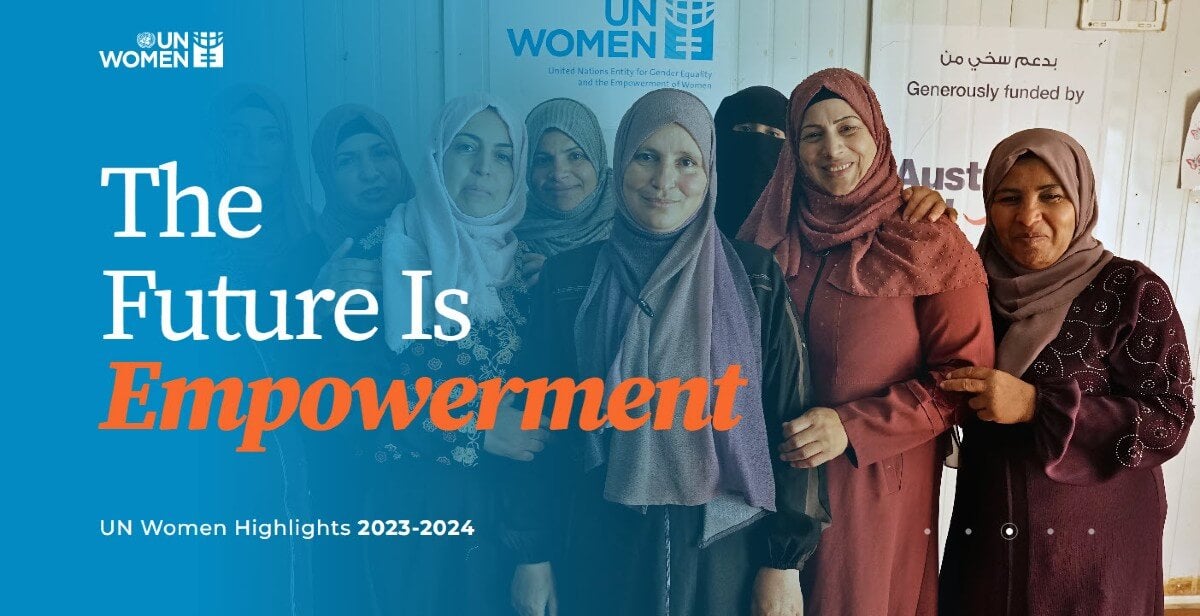How gender inequality and climate change are interconnected
The climate crisis is one of the most pressing issues of our times. It threatens to reverse progress on human rights and sustainable development and worsens gender inequality – posing specific risks to the ways of life, livelihoods, health, safety and security for all women and girls around the world.
As more data and research reveal the connections between gender, social equity and climate change, it’s time to talk about how climate change impacts women and girls, why gender equality is key to global climate action, and how we must support solutions for women, by women.
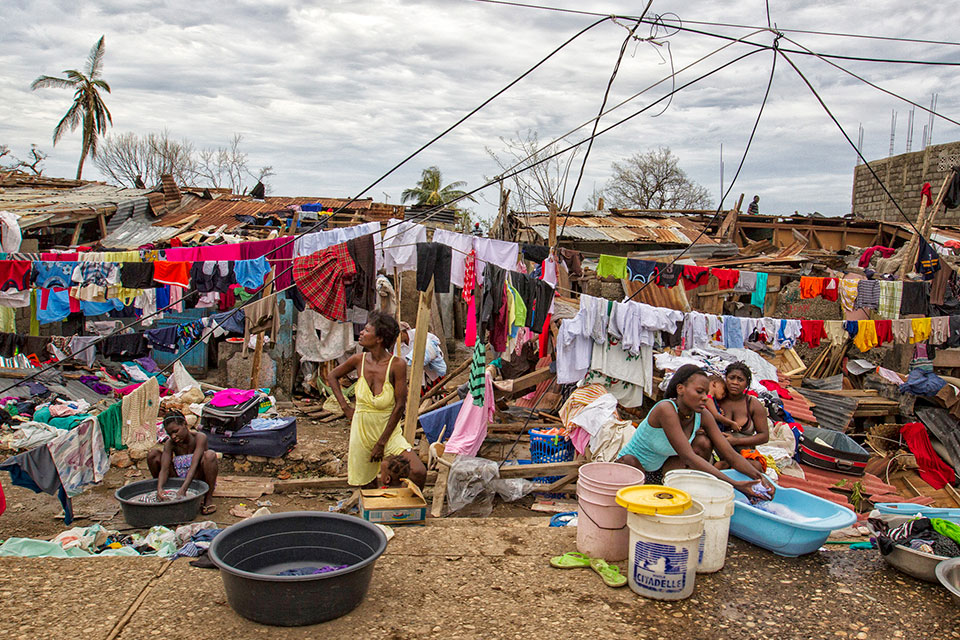
How does climate change impact women and girls?
The climate crisis is not “gender neutral”. Women and girls bear the brunt of its impacts, which amplify existing gender inequalities and pose unique threats to their livelihoods, health and safety.
Feminist climate justice brings a gender lens to the fight against climate change, acknowledging how the drivers of the climate crisis are also the drivers of gender inequalities.
The Gender Snapshot 2024 report indicates that by 2050, climate change may push up to 158 million more women and girls into poverty (16 million more than the total number of men and boys). Even today, 47.8 million more women face food insecurity and hunger than men.
Women depend more on, yet have less access to, natural resources
In many regions, women bear a disproportionate responsibility for securing food, water and fuel for their families. When these resources become scarce due to the changing climate, women must work harder and travel farther. This also puts added pressure on girls, who sometimes have to leave school to help their mothers manage the increased burden.
“Women are the ones to face and respond to the effects of climate change, but their role is not understood, much less made visible,” says Miriam Jemio, an environmental journalist from Bolivia. “Extractivism and the climate crisis have profound socio-environmental impact on Indigenous populations, but these impacts affect women differently.” She gives the example of Indigenous women in the Chiquitanía (a region in eastern Bolivia), whose traditional care responsibilities for their families include fetching water. “Water is increasingly scarce... In the Chiquitanía, there are seasons when women have to travel to another community or even to the nearest city.”
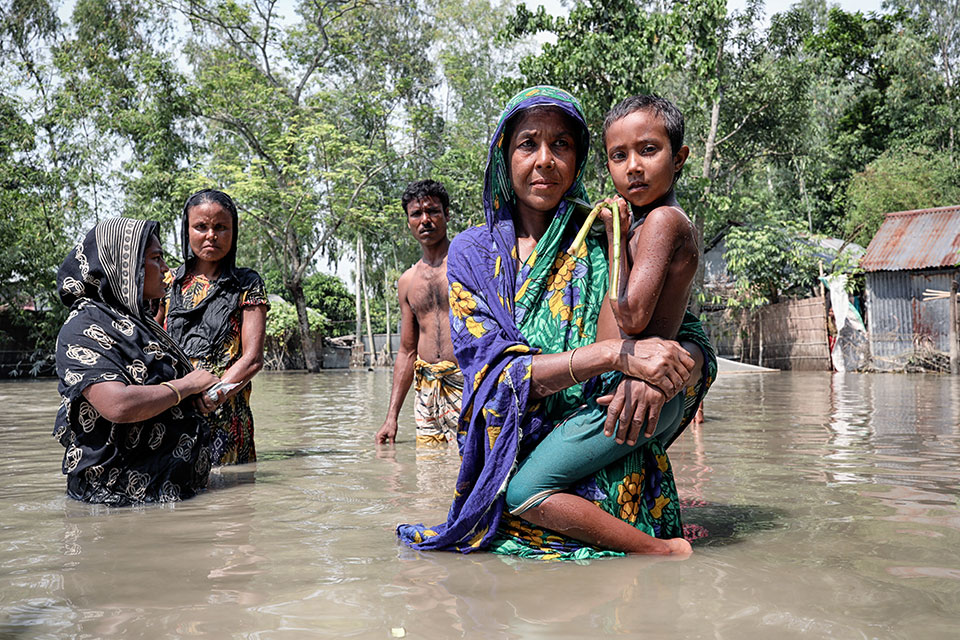
Climate change is a “threat multiplier” worsening gender inequality
The impacts of climate change escalate social, political and economic tensions in fragile and conflict-affected settings – areas in which women and girls are already vulnerable to all forms of gender-based violence. For instance, in rural economies, a prolonged drought or powerful flood that hits local agriculture can destroy sources of income, as well as access to food and clean water. This can be the match that strikes the powder keg in areas of existing political destabilization.
Research shows that the instability and poverty that follow these climate-fueled conflicts lead to more instances of conflict-related sexual violence, human trafficking and child marriage.
Women and girls are less likely to survive natural hazards
Climate change is fueling more extreme weather and other natural hazards. When disasters strike, women are disproportionately impacted and more likely to be injured due to long-standing gender inequalities that have created disparities in information, mobility, decision-making and access to resources and training.
In the aftermath, women and girls are less able to access relief and assistance, further threatening their livelihoods, well-being and recovery, and creating a vicious cycle of vulnerability to future disasters.
Climate change also impacts maternal and neonatal health, especially when disasters and conflicts limit access to services and health care. Research indicates that extreme heat increases incidence of stillbirth, and warming global temperatures are helping to spread vector-borne illnesses such as malaria, dengue fever, and Zika virus.
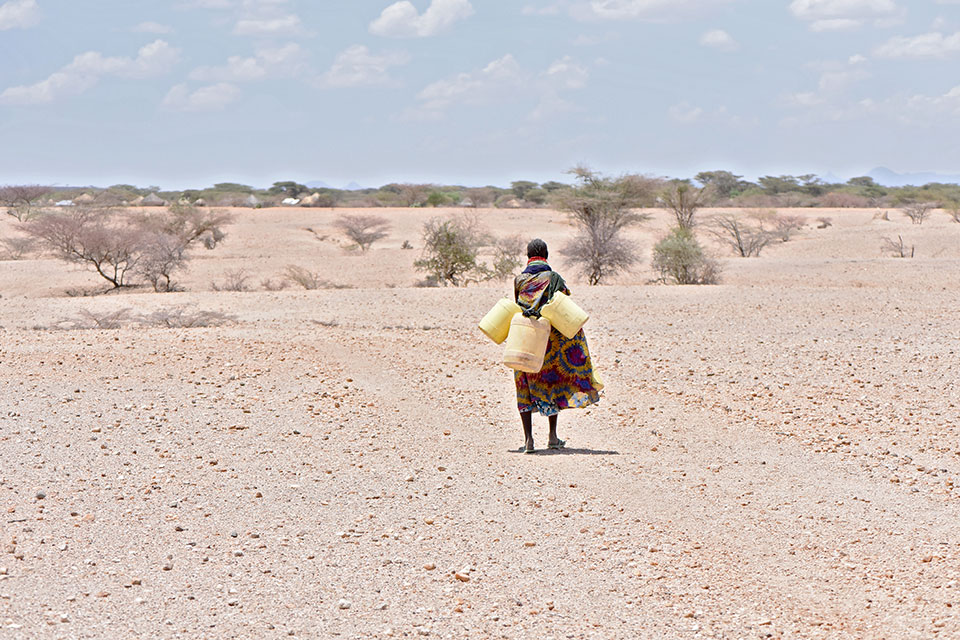
How does climate change intersect with other inequalities for women and girls?
While women and girls experience disproportionate impacts from climate change at the global level, the effects are not uniform. Looking at climate change through the lens of intersectional feminism – meaning, the way in which various forms of inequality often operate together and exacerbate each other – it is clear that climate change risks are acute for Indigenous and Afro-descendent women and girls, older women, LGBTIQ+ people, women and girls with disabilities, migrant women, and those living in rural, remote, conflict and disaster-prone areas.
“If you are invisible in everyday life, your needs will not be thought of, let alone addressed, in a crisis situation,” says Matcha Phorn-in, a lesbian feminist human-rights defender who works to empower stateless and landless Indigenous women, girls and young LGBTIQ+ people in Thailand’s Chiang Mai, Mae Hong Son, and Tak provinces.
“Humanitarian programmes tend to be heteronormative and can reinforce the patriarchal structure of society if they do not take into account sexual and gender diversity,” Phorn-in explains. “In addressing structural change, we are advocating for and working towards equality of all kinds.”
Can empowering women help fight climate change?
Because women and girls – especially in rural and Indigenous communities – bear the brunt of climate change’s devastating effects, they also stand at the forefront of solutions.
Take for example the “conchera women” (shell women) of Tumaco, Colombia who, for generations, have been sustainably harvesting a mollusk called piangu for food and income. When they recognized that the destruction of local mangrove forests was destroying the piangu, they came together to create a programme to replant the trees. Not only will the mangroves help preserve the local harvest and traditions, they’ll also filter water, preserve coastlines and absorb carbon.

“We have learned resilience from the mangroves,” says Magnolia Ordoñez, a conchera with the Raíces del Manglar Association. She adds that the process has taught them business planning, financial management, and the importance of supporting other women. “It has given us new hope; highlighted our role in the community.”
As the world reflects on 30 years since the Beijing Platform for Action, the most visionary plan for gender equality to date, it’s critical to prioritize women’s and girls’ rights and leadership in climate action. That means increasing investments and access to green jobs, like care work, sustainable agriculture and renewable energy.
By addressing gender inequality for ALL women and girls, we can better understand the complex and varying impacts of climate change. And the more we understand these impacts, the stronger and more sustainable our climate solutions will be.

